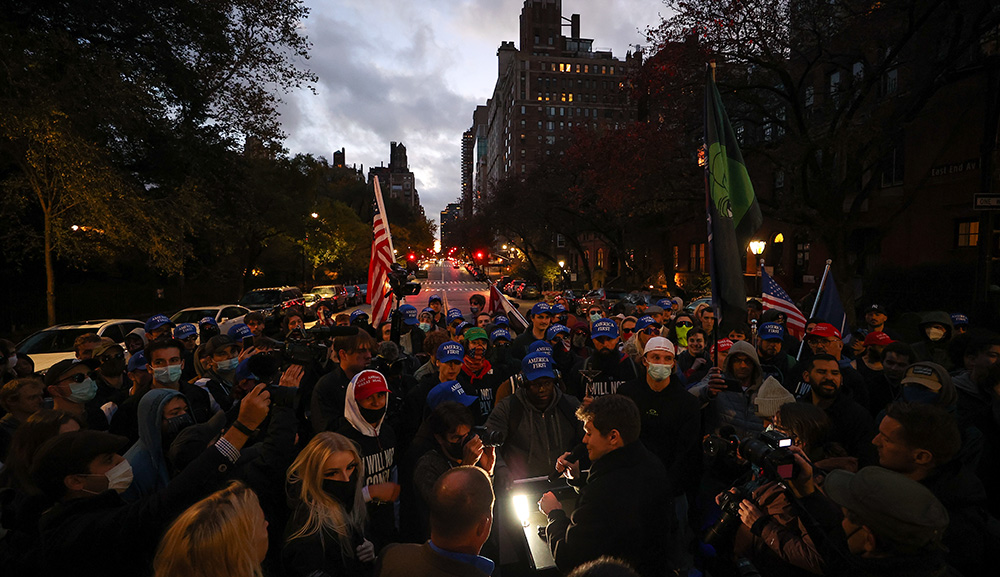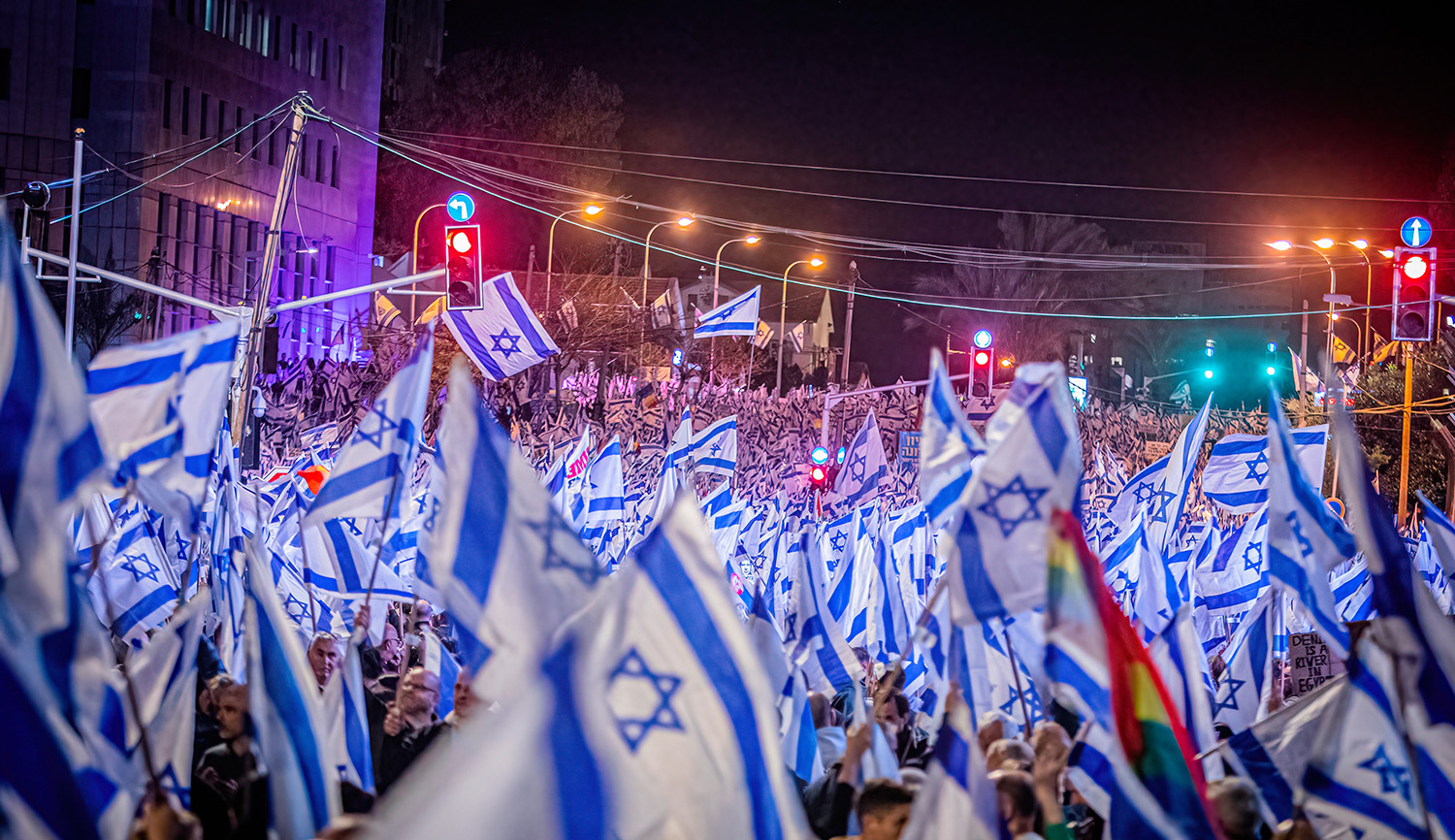In 2013, Hassan Rouhani was elected president of Iran, succeeding the blunt revolutionary Mahmoud Ahmadinejad, who loved to provoke Western sensibilities. To the Obama administration, the smiling cleric Rouhani was destined to bring “change” to Iran, and the American press hailed him as a “moderate” who favored liberalization. He was, of course, nothing of the sort, as Isaac Schorr writes:
To Rouhani, “Israel is the great Zionist Satan” that “can never feel that it is in a safe place,” and “the beautiful cry of ‘Death to America’ unites” his country. In a 2004 speech, Rouhani boasted that nuclear negotiations he was holding with Britain, France, and Germany bought time that allowed engineers to install “equipment in parts of the [nuclear conversion] facility in Isfahan.”
This much could be determined from Rouhani’s words alone, but his actions speak far more loudly. Not only has Iran, under his watch, continued to export terror, war, and slaughter throughout the Middle East, but Rouhani’s government has also brutalized its own population. Schorr cites a recent report by Amnesty International detailing the treatment of those who participated in last year’s protests:
During his original campaign in 2013, Rouhani ran on a platform of freeing political prisoners and curbing the power of the morality police. . . . During and after the protests, [however], thousands of Iranians were arrested by security forces—in the vast majority of cases, for merely showing up to demonstrations. . . . Children as young as ten years old were taken into custody.
Many of those arrested disappeared for weeks and even months. Family members who inquired as to their status were often “subjected to harassment [and] intimidation.” . . . Torture was used not only to force the “confessions” of individuals’ unlawful behavior, “but also about their alleged associations with opposition groups outside Iran.” Among the methods used by authorities to elicit such confessions were beatings, prolonged stays in solitary confinement, stress positions and suspension, electric shocks, mock executions, and sexual violence and humiliation, including “forced nakedness, invasive body searches intended to humiliate the victims, sustained sexual verbal abuse, pepper spraying the genital area, and administering electric shocks to the testicles.”
More about: Anti-Semitism, Barack Obama, Hassan Rouhani, Human Rights, Iran


